
Sometimes, it’s the things you don’t think about that are the biggest problems when it comes to fat loss. Are you making these mistakes?
1. Supersizing Your Wine
I think the same company that makes those huge 7-11 Slurpee cups is now making wine glasses. A glass of wine is meant to be 5 ounces, not the 14 ounces you more commonly see being served in many after-work drinking establishments.
Look, if it takes two hands and some serious deltoid development to lift it, it’s not a wine glass, it’s a flagon, and you’re toasting your dead Viking ancestors in Valhalla. A traditional 5-ounce glass of wine is about 120 calories, give or take. The more commonly seen 12 or 14-ounce glasses contain 288 or 336 calories, respectively, and since wine also has the nasty trait of stimulating the appetite, you end up eating more.
Add that up night after night and you’ll eventually build a flabby wine body. Sure, you’ll live forever from all that resveratrol you’ve ingested, but you’ll spend most of those eternal years wondering why you’re so tubby when the answer is warming its way down your throat with a buttery bouquet and just a hint of oak.
2. Picking Unrealistic Role Models
When you weigh 250 pounds, it’s probably not realistic to pick a Victoria’s Secret butt model or Jennifer Anniston or any of their preternaturally svelte sisters as your role model.
If we’ve learned anything from the recent “Biggest Loser” debacle, it’s that drastic change might be possible with Herculean effort, but it’s usually temporary. The body fights to go back to what it was.
Still, that doesn’t mean you can’t become the healthiest, most functional, best version of yourself. And a healthy and functional body is beautiful, maybe not in the narrow, pinhole scope of Western society, but screw them and the anorexic horse they rode in on.
A body, no matter what its genetics, if it’s healthy and moves well, has fulfilled its obligation to nature and itself, and that is surely beautiful. So pick a realistic role model or a realistic weight goal and work steadily towards it. Sure, there will be literal ups and downs, but steadfast resolve will win out in the end.
3. Eating Diet Foods
Technology has created all kinds of diet foods that are largely devoid of sugar, calories, certain nutrients, and of course, taste. Characteristically, these foods almost always seem to be fortified with riboflavin, which is probably because food manufacturers think riboflavin is a fun word to say.
Here’s the problem: Since these foods are invariably missing something, they leave you unsatisfied and craving more food. They may be able to fake out your taste buds, but they can’t fake out your body.
The preferable course of action is to focus on real foods, i.e., stuff that doesn’t come in a box, potato chip style plastic packaging, a vat, or something in a tube that looks like something the gynecologist gives you when you leave the office (you heard me, Go-Gurt people).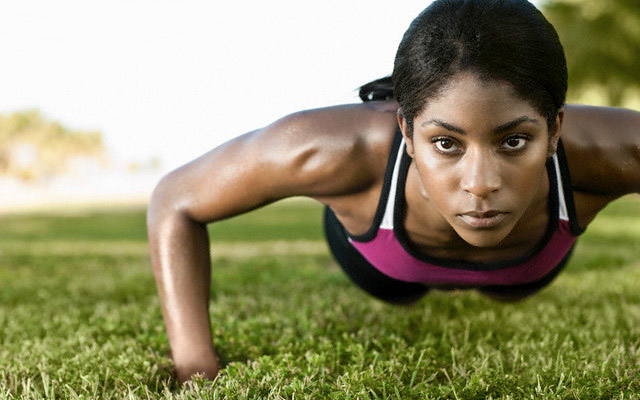
It’s true that many of these foods contain added nutrients, but for all our recently acquired knowledge of calories, vitamins, phytochemicals, anti-oxidants, and the rest, we’re not that much better off because we’re really not much healthier. Empirically, the societies that hold all the health and longevity records are the ones that rely on real food. These people are largely free of cancer, heart disease, diabetes, and can’t-see-my-feet-itis. Learn from them.
4. An Overreliance on Ab Exercises
For some reason, abs have become the most important and most visually appealing metric of fitness, but here’s a secret: Everybody has abs. It’s just the amount of fat covering them that differentiates us.
Regardless, multitudes of women spend most of their workouts working them. Yes, these women will burn a modicum of calories, but it’s more likely all that ab work will just make their cores grow thicker, ever so slowly, to tree-like proportions.
It’s true you can make the abs more pronounced by working them in an intelligent manner, but infinite crunches and twists and planks aren’t going to make them “come out.” Abs aren’t like so many mice that you can lure out of their holes with bits of cheese. Instead, cut down on all that ab work. Do some cardio. Do weight workouts that burn fat and build muscle. And most importantly, watch your diet.
5. Banking Calories
Next to kiting checks, banking calories is the most ill-advised banking practice of all. In theory, it makes sense. You found somebody on Tinder and you’re meeting for dinner later on. In order to enjoy a guilt-free dinner, you decide not eat during the day so you can “bank” all those calories.
The trouble is, you’re human. By the time you meet up, your blood sugar is scraping bottom and you’re starving. You end up eating far more than you wanted – perhaps a day’s worth or calories – and by the time you’re ready to hook up, you’re so bloated you have to ask your date for some bolt cutters so you can lie down, lop the zipper off your jeans, and bellow like a female Beluga whale trapped in a fishing net as you struggle to break free of your pants, which, to some men, can be kind of a turn-off.
Physiologically, this huge amount of food has created a tsunami of insulin, which ends up ferrying a lot of those calories to storage, i.e. fat. If you know you’re going to have a rich meal on a given night, eat smaller, healthier meals during the day and avoid the fat gain caused by calorie banking.
6. Rewarding Yourself After Exercise
I don’t know what it says about society when most of us think that we need to be rewarded for even the smallest sacrifice of time or effort, even when that sacrifice was supposedly for our own well being. Case in point, the multitudes of women clad in Lululemon that cluster around bakeries and cafes after working out, all shoving bits of scones, muffins, and cinnamon rolls into their smug little faces.
It’s hard to estimate the exact number of calories burned from common activities, but we can at least get into the ballpark. Let’s say you’re a 155-pound female. An hour of brisk walking would burn around 270 calories, whereas doing an hour of aerobics would burn about 450 calories. Maybe you’re a decent runner and you can average 9-minute miles for an hour. That would use about 700 to 800 calories.
Great. Now consider that a Starbucks blueberry scone has 460 calories and a venti frappuccino has 340 calories. Regardless of whether you just walked, did aerobics, or ran, you’re back in a caloric surplus and your fat cells are snickering and making snide comments behind your back.
This has got to be one of the reasons so many women who work out complain about not being able to make any progress. There’s one activity that’s somewhat of an exception to this rule and that’s weightlifting.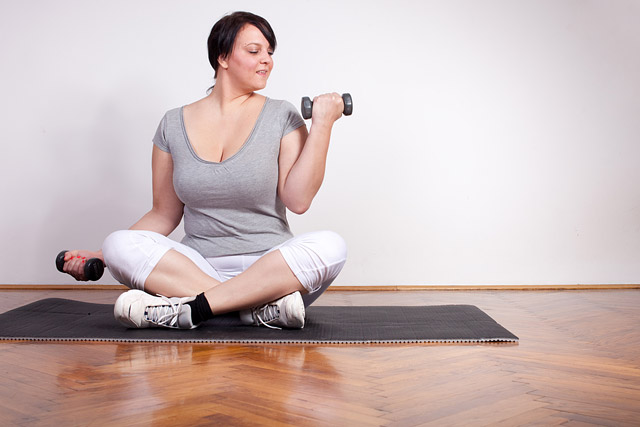
Lifting weights for an hour burns approximately 400 to 500 calories, but what’s more important is that it makes your muscles particularly sensitivity to insulin, so if you want to build muscle or curves, “reward” yourself after a workout by drinking (or eating) a protein/carbohydrate meal within an hour after your workout. The nutrients will preferentially be ferried off to building muscle instead of fat storage.
7. Eating Mindlessly
It seems the majority of food in the U.S. is eaten while watching videos or television, reading magazines, browsing the internet, or texting. Why, most people could polish off a whole bag of cookies or potato chips while being distracted by Facebook and not even know what they ate. You could put a disembodied foot in their bag of Doritos and as long as it had some salt and nacho cheese on it, they wouldn’t notice.
This inattentiveness invariably leads to fatness. Eating is not something that should be multitasked. At the risk of sounding all new-agey and like someone who wears a crystal amulet around his neck, people should practice “mindful” eating instead of mindless eating.
Devote your attention to the meal in front of you. Pay attention to it. Look at it. Note the color and smell. Be aware of how it feels in your mouth. Take note of the taste. Chew slowly. Be fully engaged in the act. The end result of this practice, beyond enjoying the food all that much more, is that you eat less because you’re cognizant of exactly how much food is going into your belly.
8. Not Yolking
Yes, egg yolks contain lots of cholesterol and fat, but those aren’t reasons to avoid them. Cholesterol in your diet is largely irrelevant, as many doctors are starting to reluctantly admit. If you don’t eat cholesterol, your liver has to make it for you, and if you eat some, your liver can kick back, light a stogie, and rest its legs on the pancreas because it doesn’t have to do the work.
True, roughly 61% of the yolk is fat. Some of its monounsaturated, some of it’s polyunsaturated, some of it’s omega-3 fatty acids, and yes, some of it’s the saturated stuff (but only a paltry 1.6 grams or so), but who cares? The rest of the yolk and all of the white is pretty much all protein, except for two lousy grams of carbohydrate, and the whole damn thing only contains about 75 calories.
Keep them at the ready in your fridge as snacks. Here’s a full-proof way to hard-boil them:
Put eggs in a pot and cover them with plenty of water. Turn the burner on medium-high. When the water reaches a hard boil, turn the burner completely off. Leave the eggs in the hot water for 17 minutes. Remove eggs from water and let cool.
9. Being Native American, African American, Mexican, South Indian, or South Asian
Obviously, being one of the aforementioned ethnicities isn’t a “mistake,” but they all share one thing in common – being more insulin resistant than people of white European descent. In general, that means they don’t handle carbs well. However, given that the whole world is a melting pot, the gene or genes that code for insulin resistance are present in millions and millions of people throughout the world, regardless of ethnicity.
Insulin resistance, genes or not, can also be self-imposed through a rotten diet and a lifetime of sloth. Regardless of where you “got it,” insulin resistance (which manifests itself through high blood sugar) makes it far easier to be overweight and/or develop Type II diabetes. As such, it would behoove everyone to do what they can to become more sensitive to the effects of insulin.
Here are five things you can do to fight insulin resistance or make you less insulin resistant:
- Whenever you sit down to eat a meal, make sure you first eat the protein, vegetables, and fat before you so much as take the first nibble of carbohydrate.
- Use vinegar as your salad dressing to increase insulin sensitivity, or take two tablespoons of apple cider vinegar before your biggest meal of the day.
- Take a couple of teaspoons of psyllium (most commonly available as Metamucil) every day.
- Take fish oil. To make it even more potent, combine it with exercise as the two have a synergistic effect in lowering blood sugar that’s greater than the effects of either one by itself.
- Take the nutrient cyanidin 3-glucoside, found in Indigo-3G®. It helps your body handle carbs.
10. OD’ing on Olive Oil
Those of us in the nutrition business have done society a slight disservice in pushing olive oil. Sure it’s heart healthy and contains vitamin E and flavonoids and all that good stuff, but we forgot to tell people that it shouldn’t be used indiscriminately when cooking.
As healthful as it is, and despite the fact that low-fat diets are pretty much bogus, olive oil is pure fat and as such contains 120 calories per tablespoon. Ironically, you’d be on safer ground, at least calorically, if you cooked your food in caramel sauce.
Use it, but just measure it out rather than upending the bottle and letting it gush out like you’re pouring a bottle of Jack Daniel’s over a casket at a biker’s funeral while belting out “Free Bird.” Otherwise, you’re likely to add 300-400 calories to your food before you’ve even started cooking it.
11. Giving the Reins to PMS
For most women, PMS is associated with cravings for carbohydrates, fat, and salt, which is the holy trinity of weight problems and what the majority of snack food companies bank on. And, of course, with the fulfillment of these cravings comes bloating and water retention, sometimes ranging from 5 to 10 pounds.
Blame it on all that progesterone. It causes the cells in your body to act like residential houses in Las Vegas in that each of them retains a tiny pool of water in their backyards. This water weight usually disappears after your period, but any weight that hangs around is because of giving in to all those PMS cravings for carbs, fat, and salt.
Instead, feed yourself protein. It’s filling, your body has to work hard to metabolize it, and it levels out blood sugar. In fact, base each of your PMS and during-period meals on protein and combine it with vegetables, many of which act like diuretics to reduce bloat. Your snacks should be protein based, too.
Besides helping with PMS, protein in general should be a mainstay in your month-long diet. It’s the overall best nutrient for changing your body composition for the better.

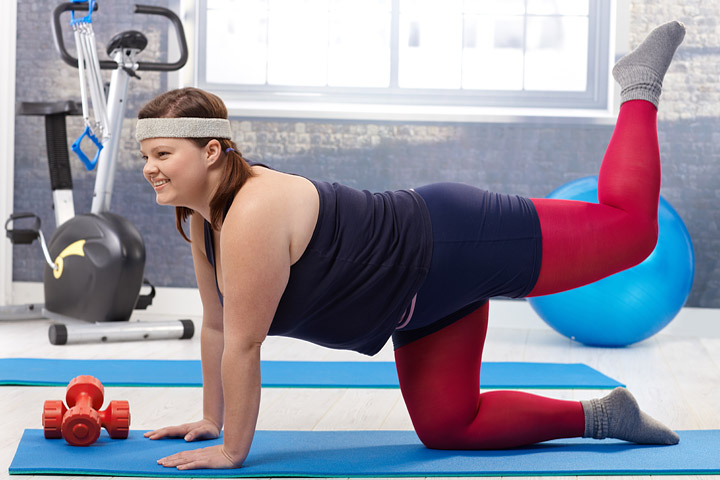
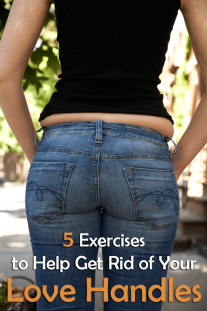
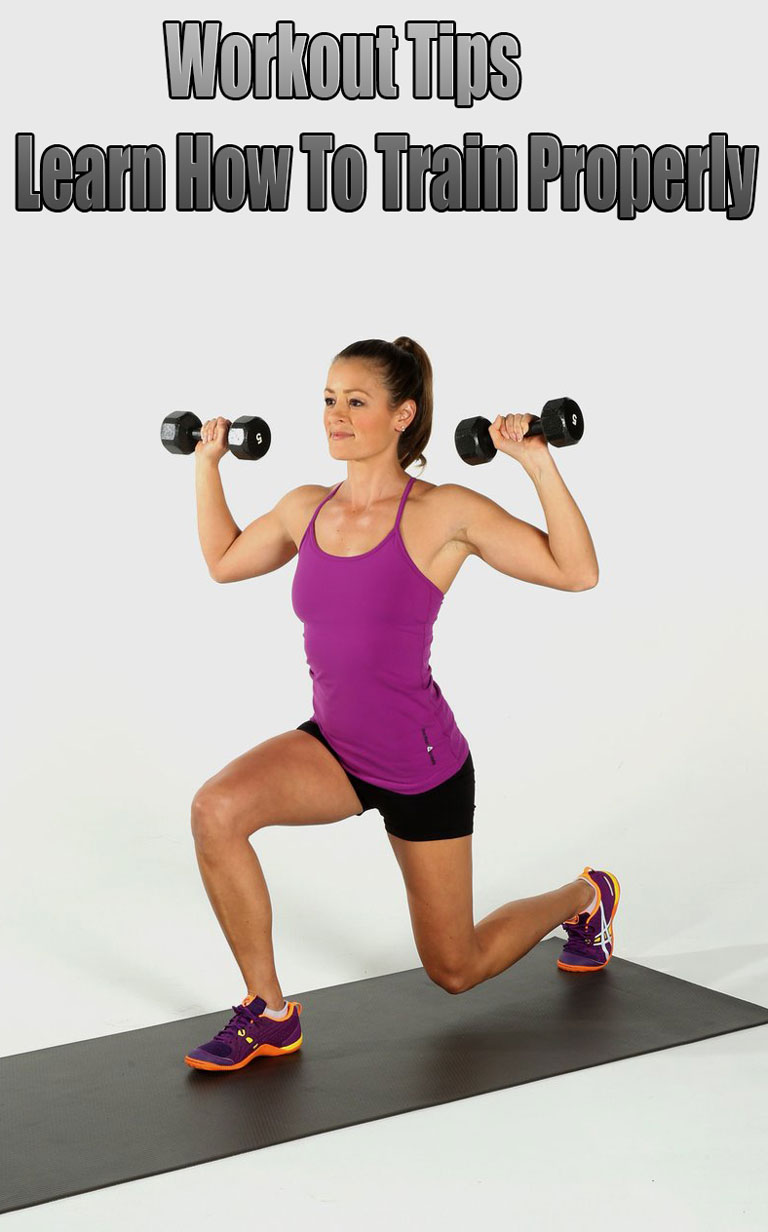

Leave a Reply